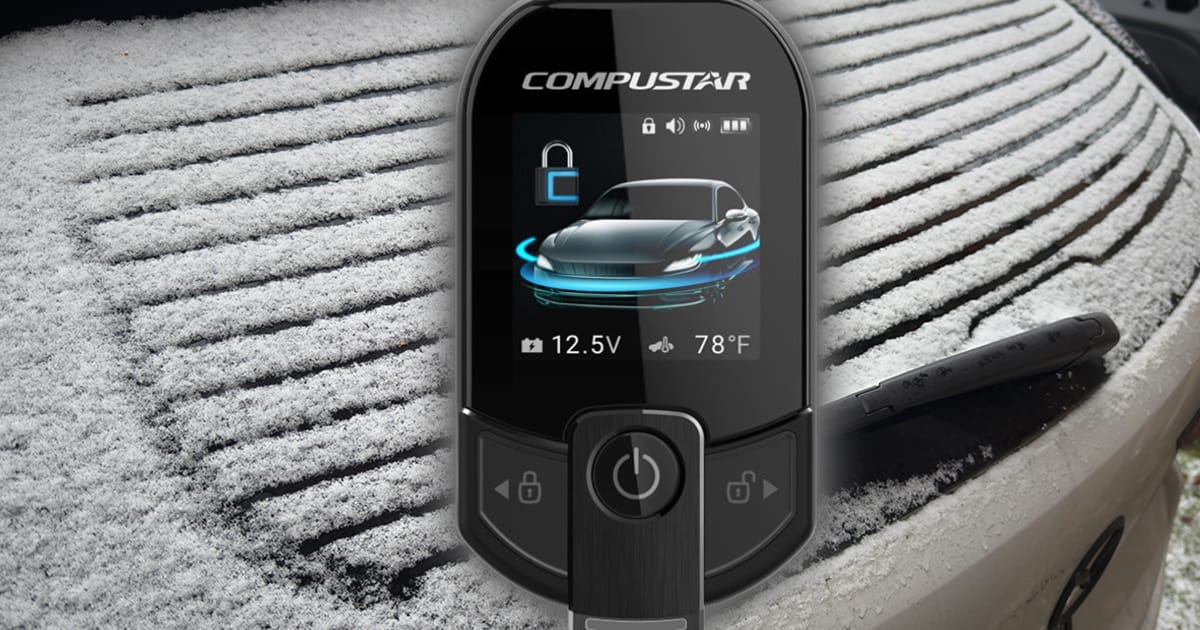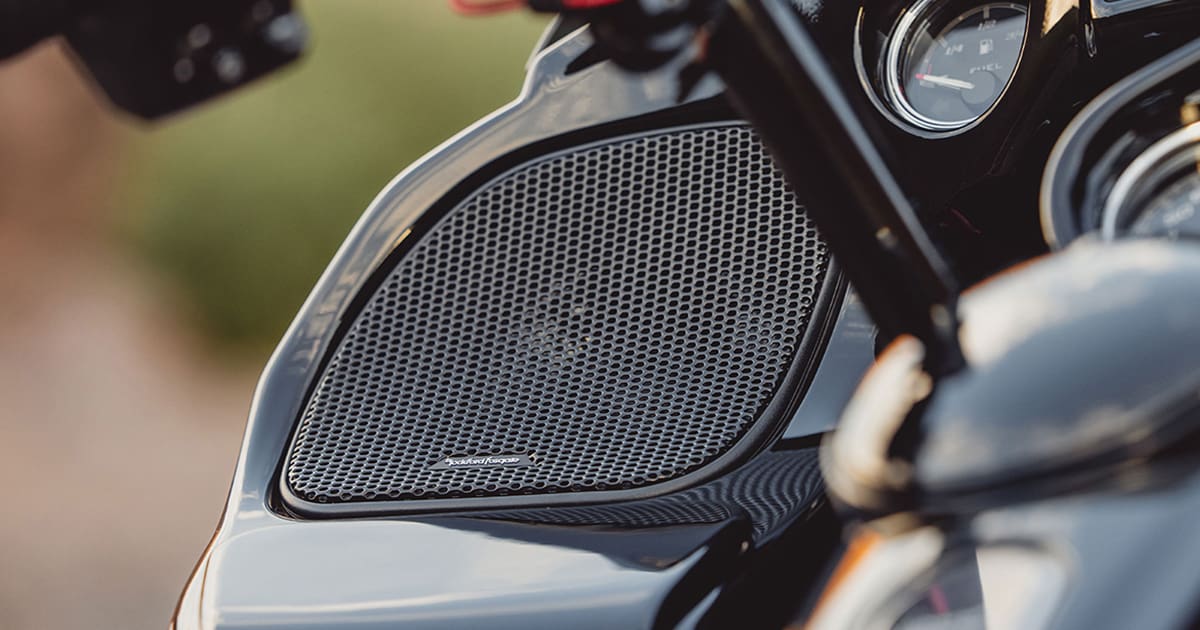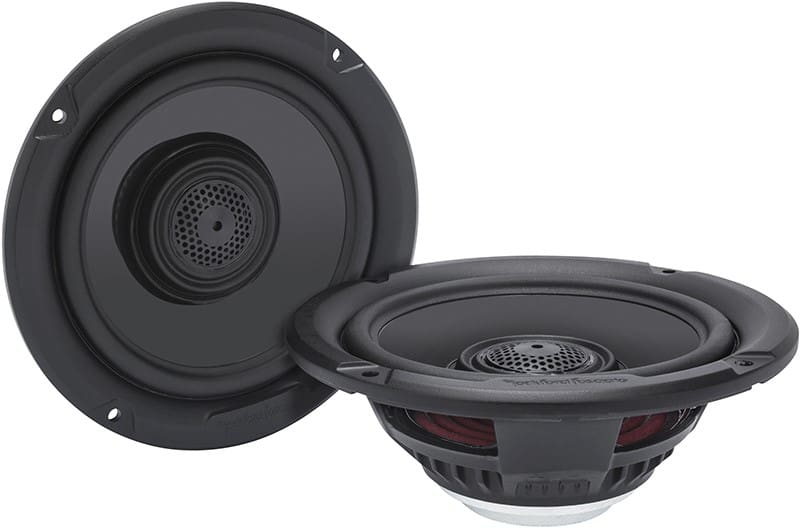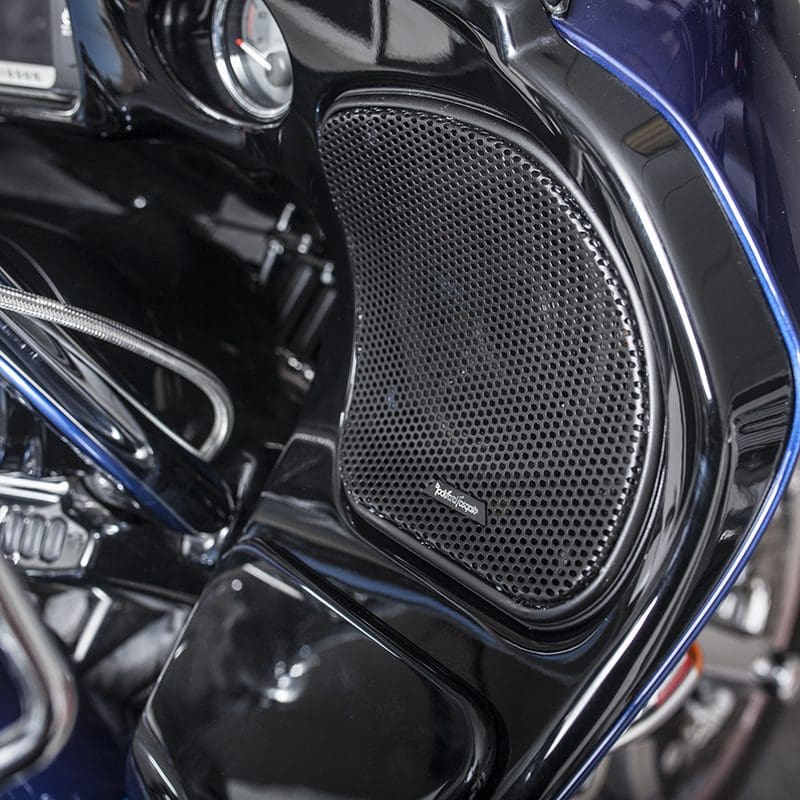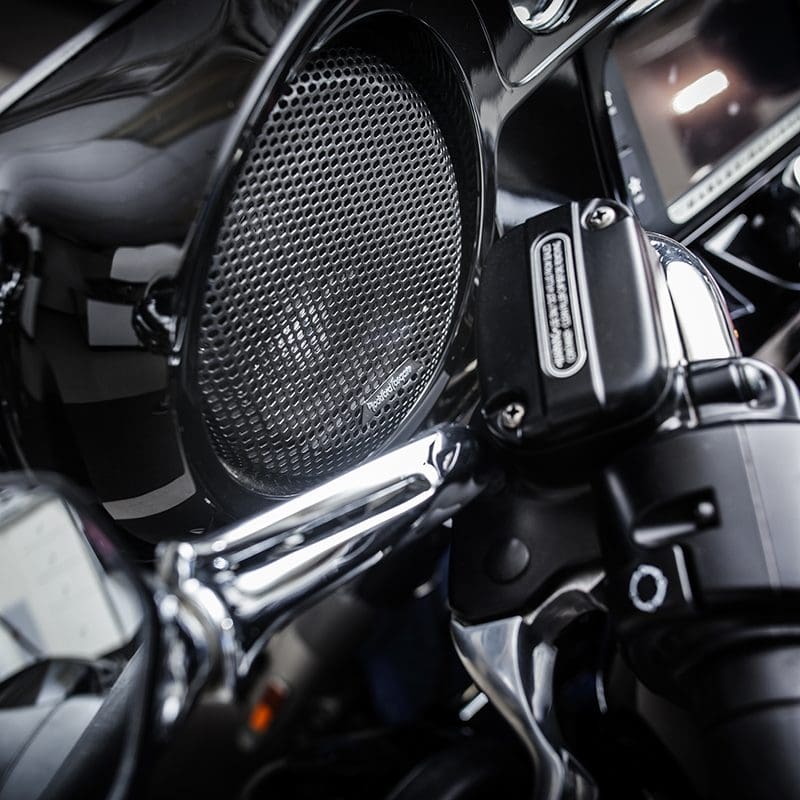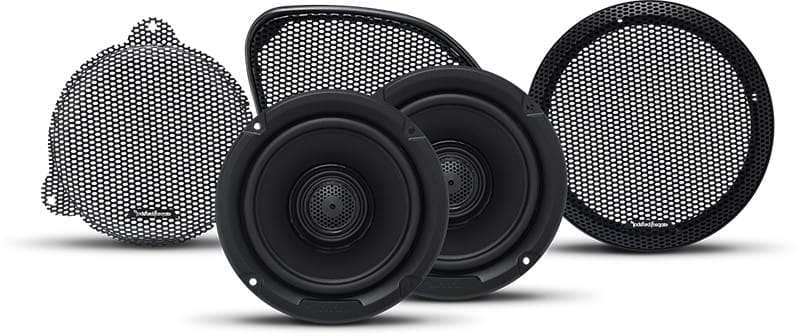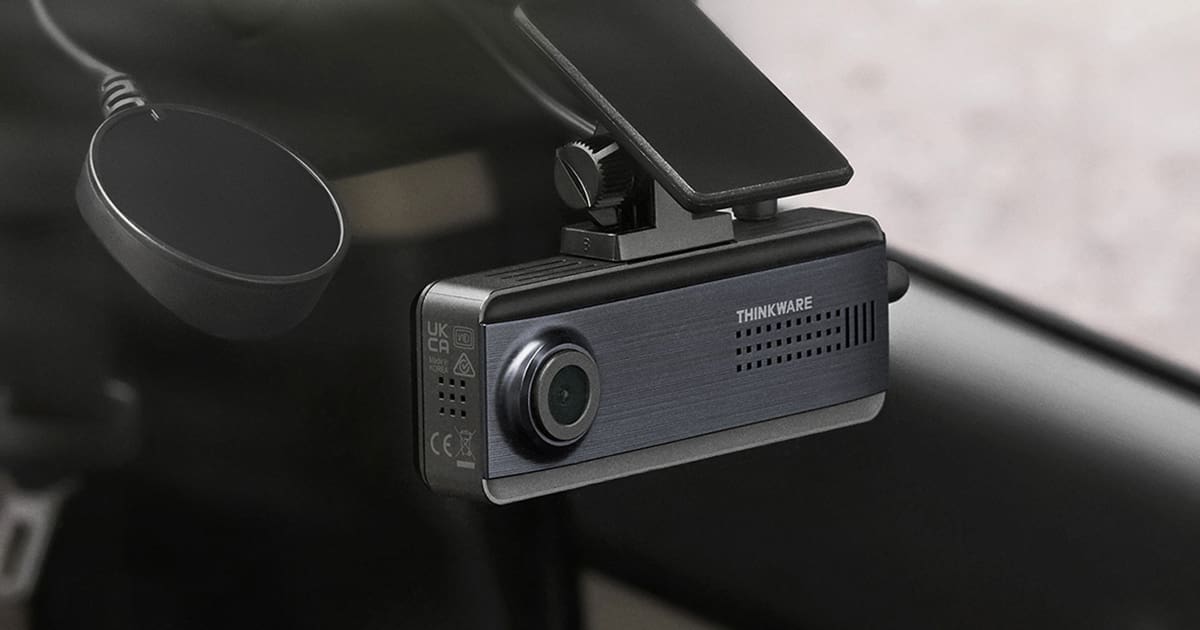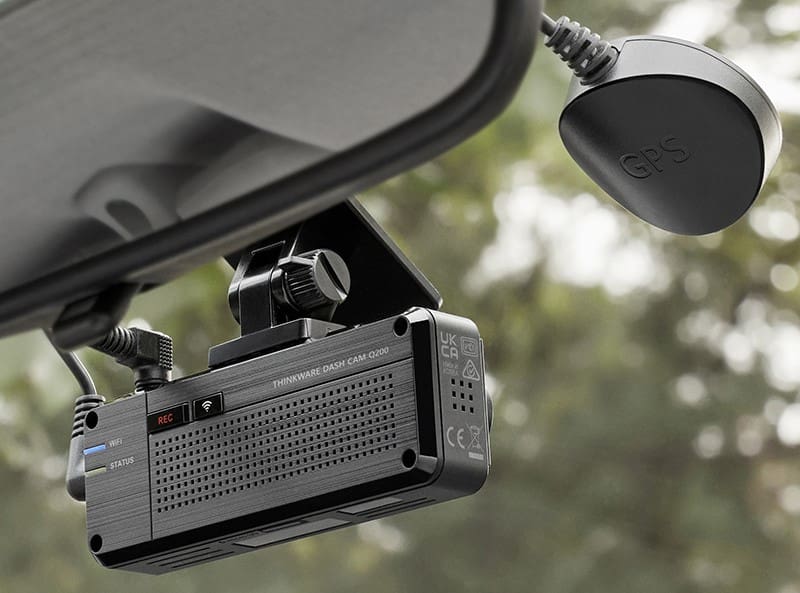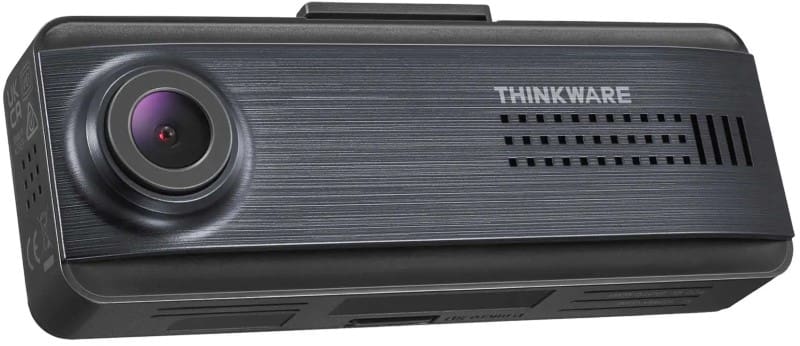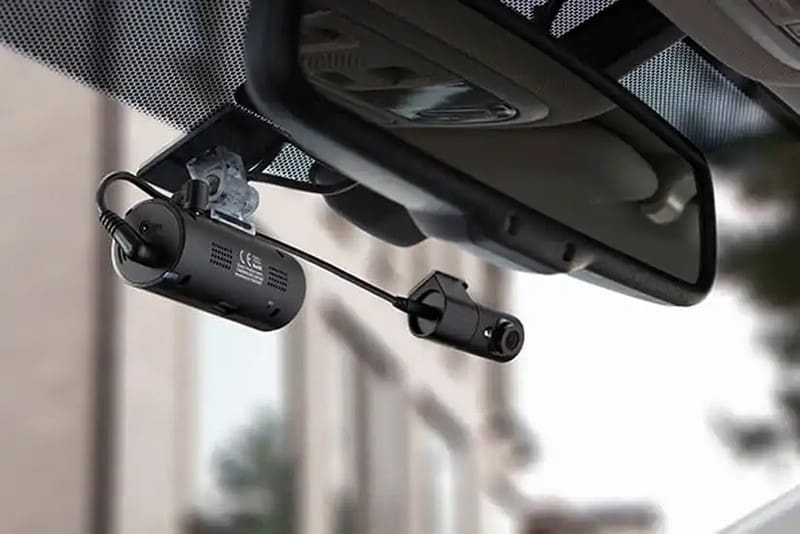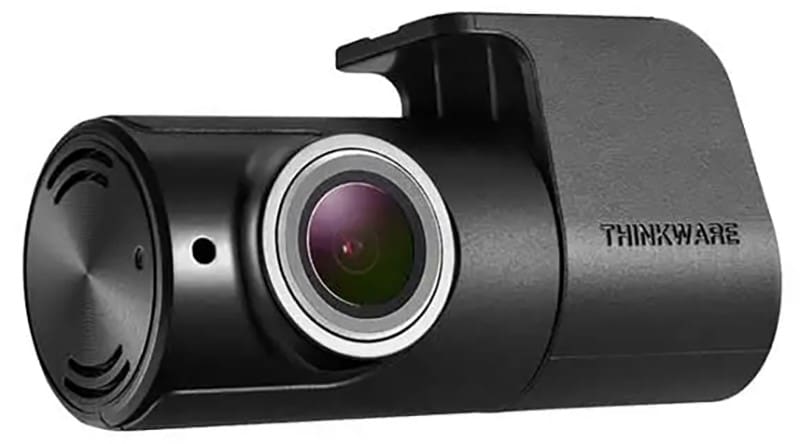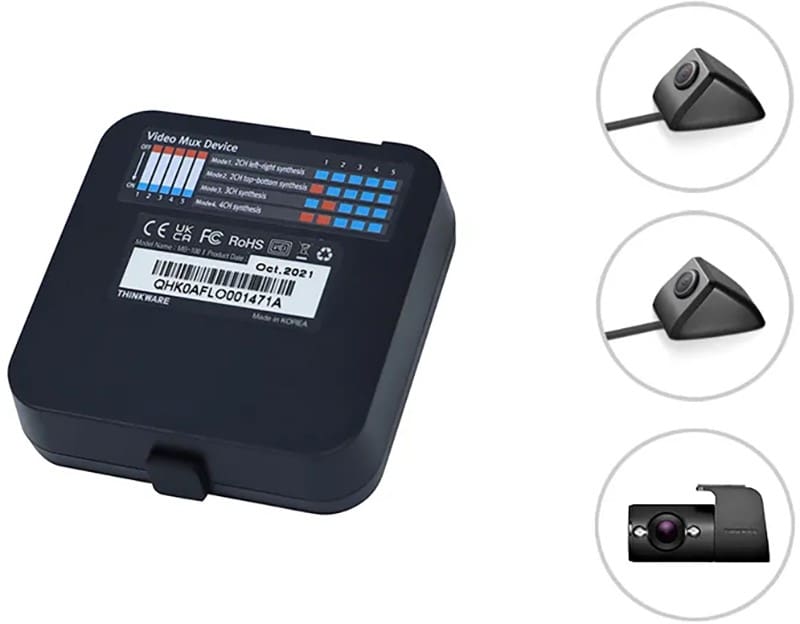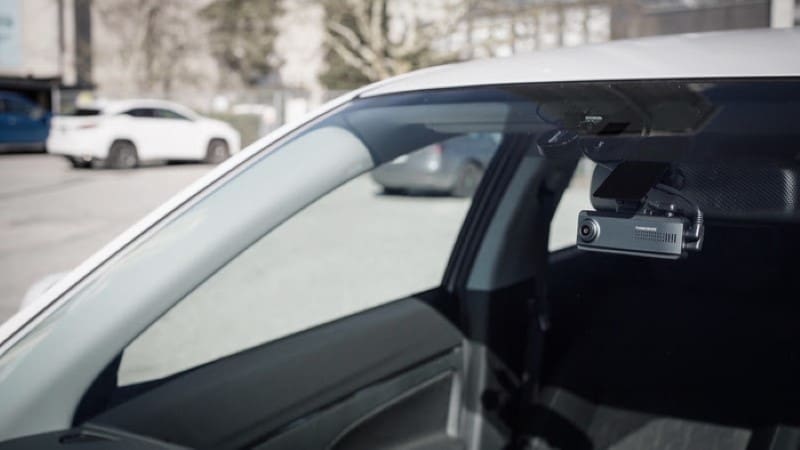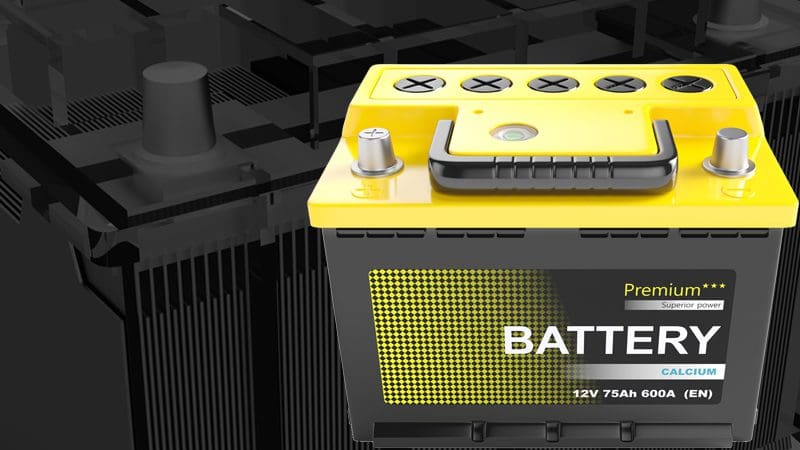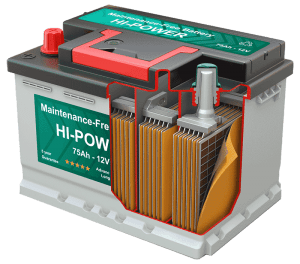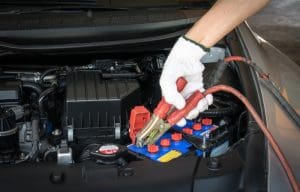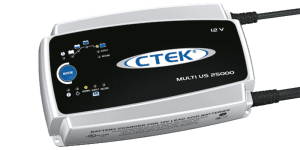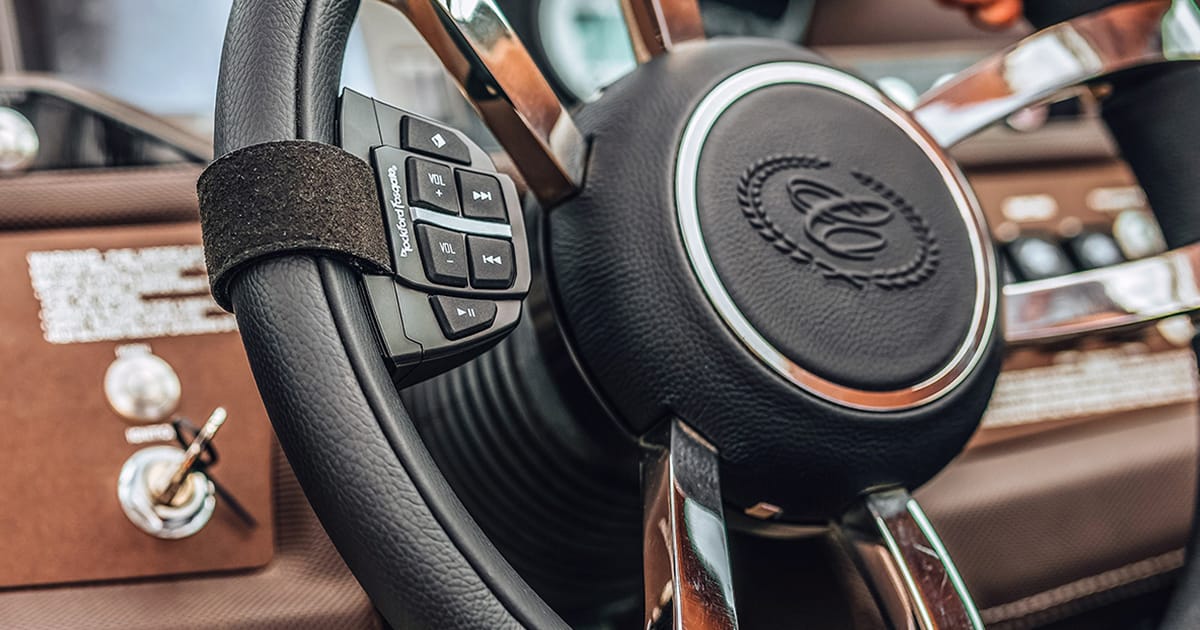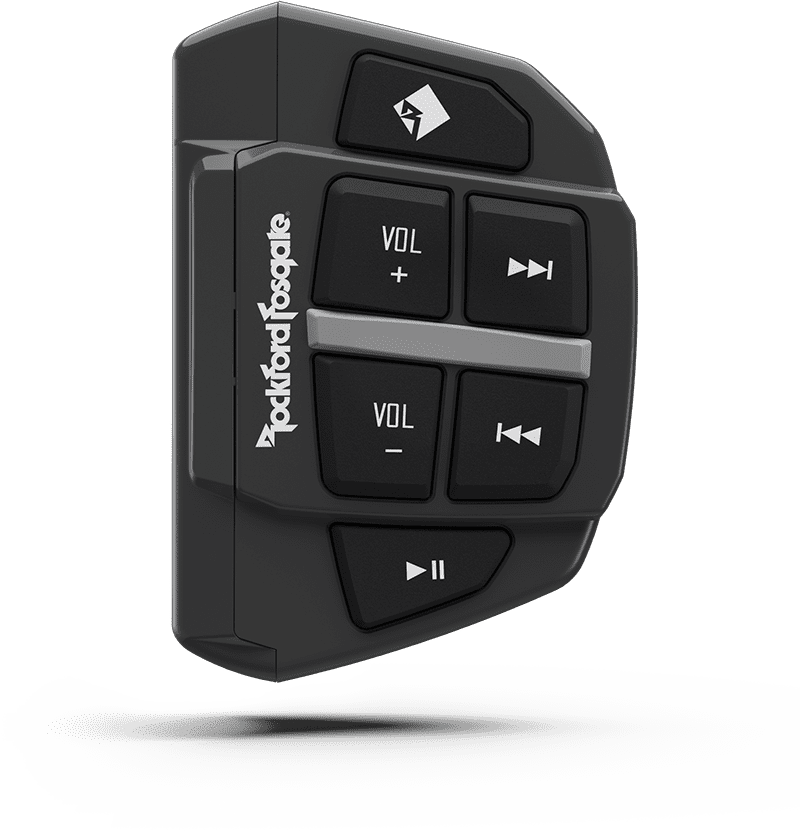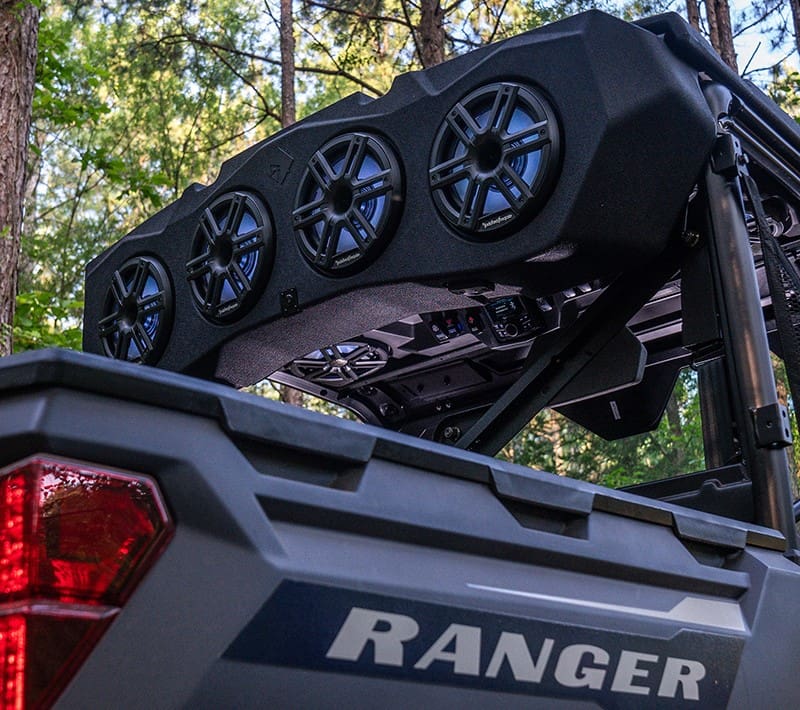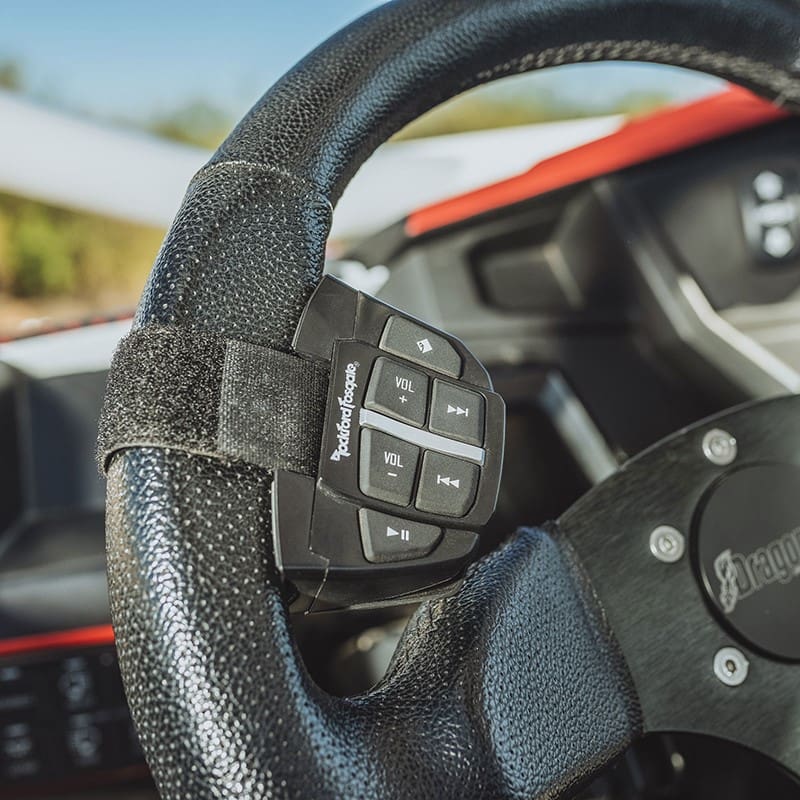Only a handful of reputable companies manufacture remote car starters, but one stands out for its innovative solutions—Compustar. Their flagship Pro T13 is the industry’s longest-range radio-frequency car starter remote. Combine that with features like proximity unlocking, an LCD screen, and intuitive controls, and this is the ultimate remote control solution. Let’s explore why range is vital to making your vehicle more comfortable.
Compustar Pro T13 Remote Control
Compustar makes it easy for mobile enhancement retailers to design a car starter system tailored to your vehicle and needs. The Product Specialist you are working with can choose from several control modules, with the right one depending on your car’s specifications and desired features. For instance, the CM-X controller is ideal if your vehicle has a manual transmission. For consumers, these decisions typically happen behind the scenes as your quote is prepared.
What matters to you is the system interface. The factory remote coded to start the car when you press the lock button three times in short succession might be adequate if the range doesn’t matter much. If you want more range and features, your retailer can pair any of Compustar’s RF remote kits with the control module to meet your needs. If you want a simple one-button solution with two or three times as much range as the factory fob, they have it. Need two-way communication with trunk release? No problem! But if you want maximum range, two-way communication, security alerts, and much more, the Pro T13 remote is the ultimate option.
The Pro T13 is impressively compact at 2.84 inches tall, 1.57 inches wide, and only 0.44 inches deep. It features a vibrant color display that indicates whether your vehicle is locked, unlocked, or running.
Simple and Elegant Interface
The remote includes three buttons to access 50 commands and configuration settings. Locking, unlocking, or remotely starting your car is just a button press away. Double-tapping the lock or unlock buttons activates auxiliary outputs one and two. These outputs can control features like power sliding doors or rear defrost. The latter can even be configured to activate automatically if the interior temperature drops below a specific threshold. Your retailer can provide more details. Car Finder, trunk release, and much more are also easily accessible.
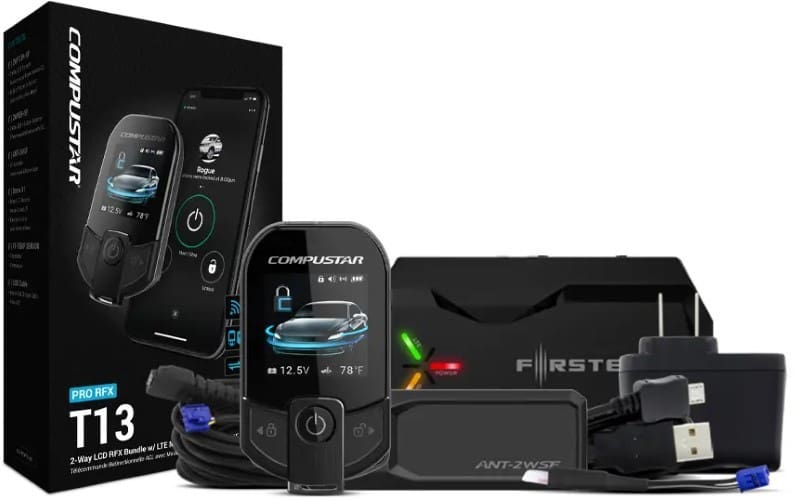
Class-Leading Range and Reliability
The key factor that sets the Pro T13 apart from other remote starters is its range. Range is the maximum distance from which the remote can communicate with your vehicle. Compustar specifies the Pro T13’s range at up to three miles under ideal conditions. We’ve measured the performance in real-world situations, which bested other remotes by more than 20%!
More importantly, the Pro T13’s powerful transceiver works excellently indoors. For instance, you can be at the far end of a shopping mall, in an apartment or office building, or inside a large factory and still communicate with your vehicle. This exceptional range ensures your car or truck has enough time to warm up in winter or cool down in summer long before you arrive at it.
Color Display and Two-Way Communication
The Pro T13’s two-way communication ensures reliability. When you press the lock button, the remote confirms the action with a beep and a visual indicator on the color LCD screen showing that the vehicle is locked. Unlike one-way remotes, which act like TV remotes, this feature gives you peace of mind, as you always know your vehicle’s status.
The color display not only tells you what the car is doing using intuitive icons but also shows the vehicle battery voltage, the temperature in the vehicle, and the battery level of the remote itself.
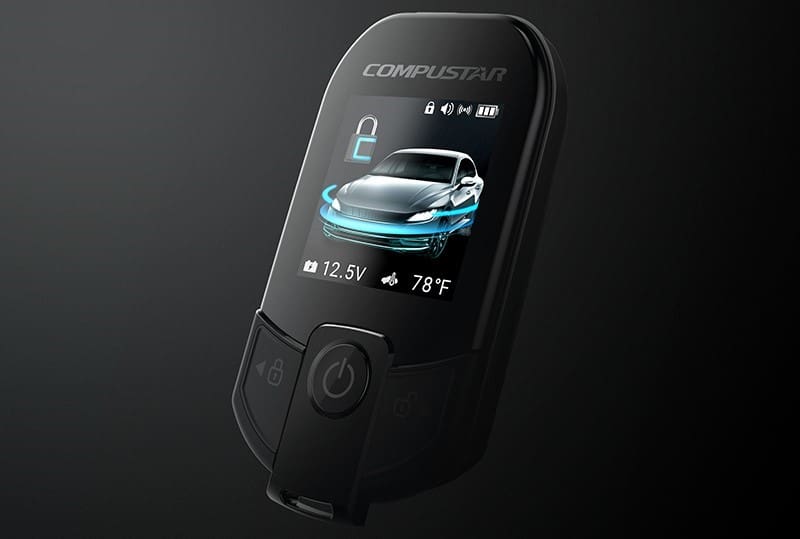
Proximity Unlocking Adds Convenience
Another standout feature of the Pro T13—and its smaller one-button counterpart, the Pro R5—is proximity unlocking. When you’re within five to six feet of your car or truck, the remote automatically communicates with the vehicle to unlock the doors—no need to press any buttons! Whether carrying groceries, holding a child, or juggling tonight’s pizza, this feature makes life easier.
Rechargeable Battery Pack and Rugged Design
Unlike most remotes, which use disposable coin-cell batteries, the Pro T13 features a built-in rechargeable battery. Connect the provided mini-USB cable to a USB outlet for a few hours to recharge it. You can even charge it while driving your vehicle.
This remote is as durable as possible, with an IPX-7 water resistance rating. This means it can survive being submerged in water, whether it’s a pool, puddle, or snowbank. Compustar backs the Pro T13 and other Pro Series remotes with a three-year warranty, giving you confidence in your investment.
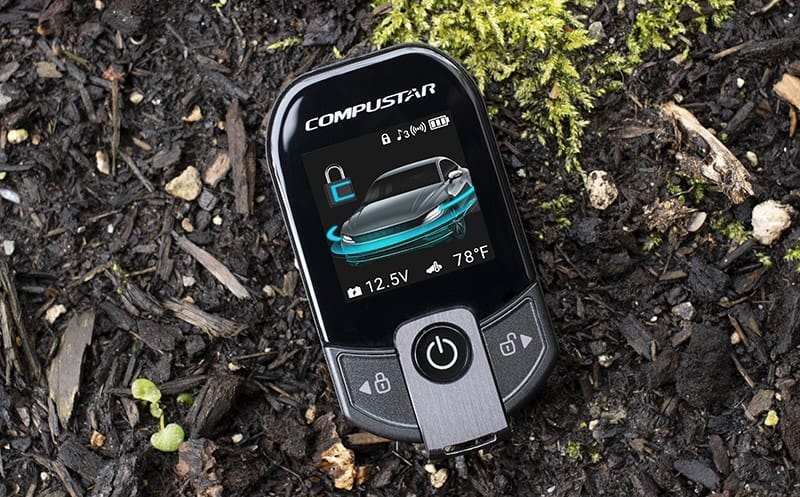
Security System Ready for Added Protection
Are you concerned about theft or vandalism? Most Compustar remote car starters with the Pro T13 can be upgraded with advanced security features. Compustar’s alarm enhancements include a starter kill, a high-output siren, an optional horn-honk output, and a robust digital security sensor.
This sensor monitors impacts, motion, glass breakage, or vehicle tilting. If triggered, the Pro T13 remote alerts you with a loud beep and a display notification. This lets you take immediate action if needed.
Drone Smartphone Control Included
The T13 Remote kit includes the Drone smartphone control interface. Drone allows you to use the DroneMobile app on your smartphone to control your vehicle. You can lock or unlock the doors, remote start the engine, or even pop the trunk with a tap on your phone screen. You can even log into the dronemobile.com website and send commands from your desk at home or work.
The Drone can be upgraded with GPS-based location and geofence alerts. Tracking service plans are ideal if you let your kids drive the family car or want to monitor how your staff uses a company vehicle. Your local authorized Compustar retailer can explain the different service plans available.
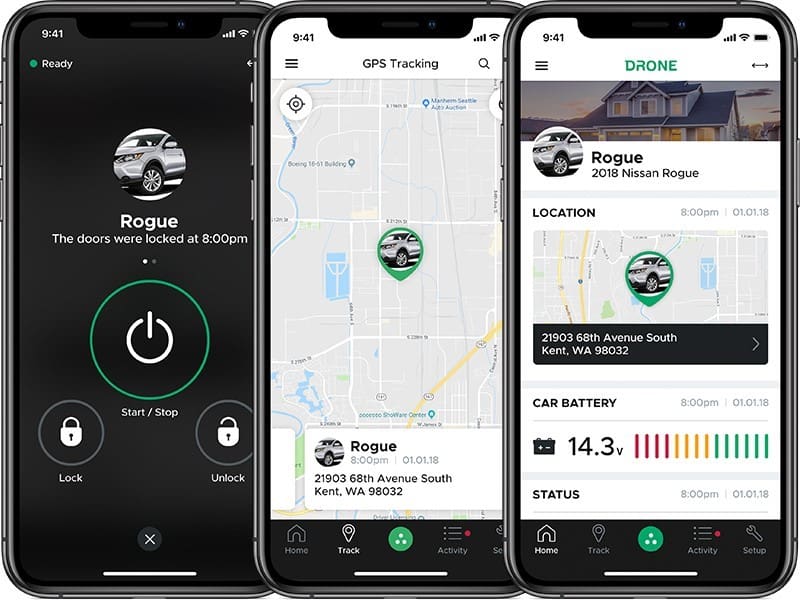
Why Is Remote Starter Range Important
Let’s say you work in a large building like a hospital, warehouse, or factory. When you finish your shift, you can remote start your car or truck while packing up to leave. Your vehicle will have several minutes for the climate control to start making the interior more comfortable. In the winter, the rear window defroster can be activated automatically, so cleaning the car off is easier.
If the remotes that come with your car or low-cost car starters don’t have enough signal transmission power, you’ll have to wait until you are at the door or even outside in the parking lot to activate the starter. Now, you’ll have less than a minute for the engine to warm up. Inadequate range negates the benefit of having the starter.
The Ultimate Remote Starter Solution
If these features sound like the ultimate remote car starter recipe, you’re right. With industry-leading range capabilities, two-way communication, a color display, rugged durability, a rechargeable battery, and advanced security options, the Compustar Pro T13 is in a class of its own.
Visit an authorized Compustar Pro retailer today to learn how they can configure a system for maximum comfort and security. Use the Dealer Locator on Compustar’s website to find a retailer near you. Also, follow Compustar on YouTube, Facebook, and Instagram for updates on their amazing products.
This article is written and produced by the team at www.BestCarAudio.com. Reproduction or use of any kind is prohibited without the express written permission of 1sixty8 media.
